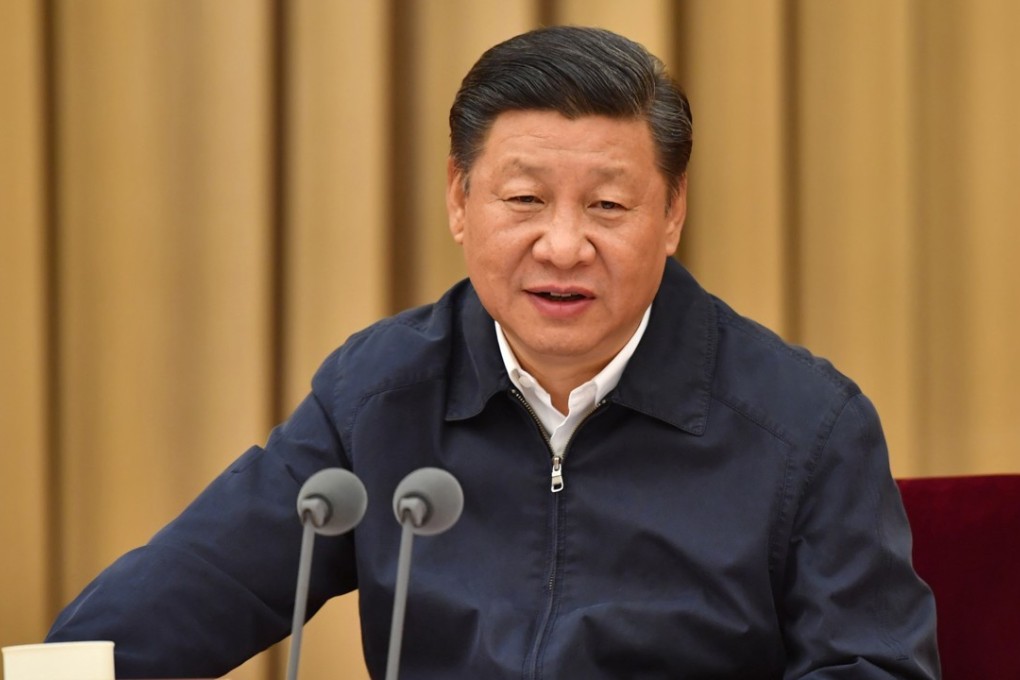Will China really be able to arrest its runaway credit growth?
Joe Zhang says pledges for deleveraging and risk control following the national finance summit are all very well but, after years of expansionary excess, will the new precautions deliver?

With the exception of barely two years, China has implemented only two types of monetary policy in the last four decades: expansionary and very expansionary.
The only exception was in 1995-1996 when, amid runaway inflation and a real estate bubble in Guangdong and Hainan ( 海南 ) provinces, then central bank governor Zhu Rongji ( 朱鎔基 ) tightened credit abruptly, which quickly led to the collapse of the Hainan Development Bank.
That was the only bank failure in the history of communist China, and it took a full decade to work out the large number of abandoned real estate projects that the credit boom had been responsible for.
Unfortunately, that episode taught policymakers the wrong lesson.
The Hainan Development Bank episode taught policymakers the wrong lesson